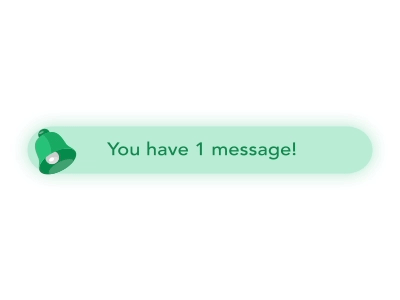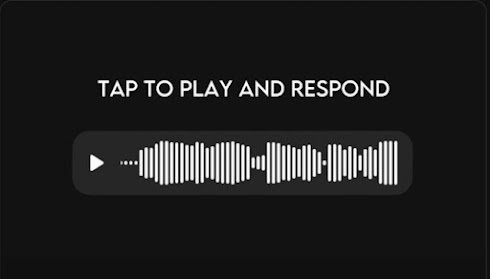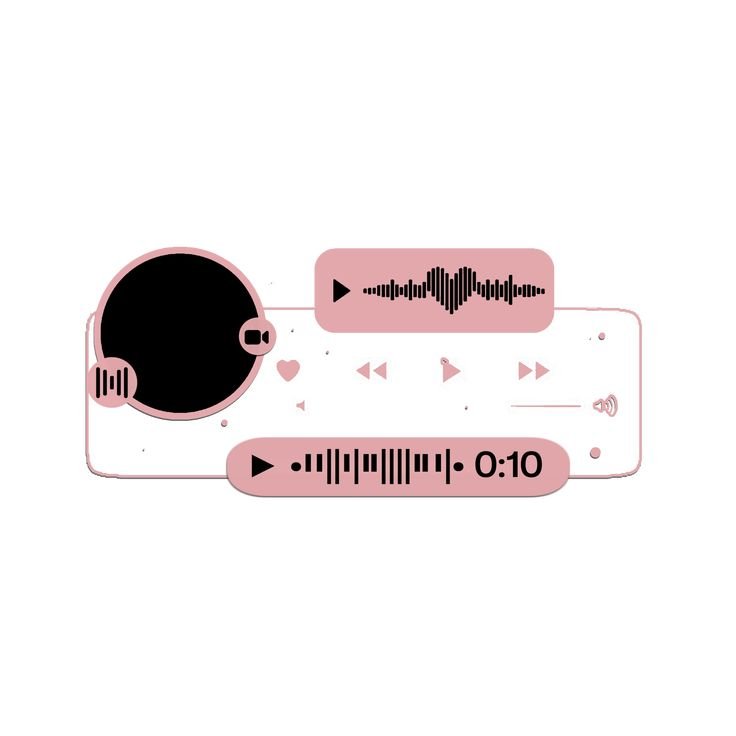Tap to See My Pictures
Tap to See My Pictures: The Allure of Visual Sharing in the Digital Age
In an era where images and videos dominate the digital landscape, the phrase “Tap to See My Pictures” has become a familiar call to action on social media platforms, messaging apps, and personal blogs. It reflects the modern desire to share visual content in a quick, engaging, and accessible way. This phrase is not only a straightforward invitation to view someone’s photos but also speaks to deeper trends in human behavior, digital communication, and the psychology behind visual storytelling.
In this article, we will explore the significance of “Tap to See My Pictures,” looking at how visual sharing has evolved, the platforms that have made it mainstream, and the impact it has on relationships and digital culture. We will also delve into the reasons behind why people choose to share their photos in this way, the psychological effects of visual content consumption, and the implications it has for social media engagement and personal branding.
The Rise of Visual Content Sharing
Sharing pictures has always been a part of human interaction, whether through printed photographs, postcards, or personal albums. However, with the advent of the internet and digital media, the act of sharing images has undergone a radical transformation. Social media platforms like Instagram, Snapchat, and Facebook have revolutionized how we share visual content, making it easier than ever to broadcast personal moments, experiences, and curated content.
The phrase “Tap to See My Pictures” is inherently tied to these shifts in digital behavior. It is frequently used in contexts where someone is offering a glimpse into their life or promoting their content for others to engage with. Whether on a social media profile, in a direct message, or within a digital album, this phrase serves as a prompt to engage users visually. It plays a key role in driving interaction and increasing visibility in a fast-paced digital environment where attention spans are short and content consumption is rapid.
Social Media Platforms and Their Impact
Social media platforms have been pivotal in fostering the rise of visual content sharing. Instagram, with its focus on images and videos, epitomizes the shift from text-based to visual communication. It is not just about showing what one is doing, but about creating a narrative through carefully curated photographs. Snapchat and TikTok, while also offering text-based interactions, are built around visual media, making images and videos central to the platform’s function.
The phrase “Tap to See My Pictures” could be seen as part of a broader trend of engaging others through short, immediate content. On Instagram, for example, the use of captions alongside photos often invites users to “tap” or “scroll” to engage with more photos or stories, creating an interaction loop. Similarly, on messaging platforms like WhatsApp or Facebook Messenger, “tap to see my pictures” can signify an invitation to view images shared privately, often containing personal moments, travel snapshots, or curated images that users want others to engage with.
The Power of Visual Communication
Humans are inherently visual creatures. Studies have shown that the brain processes images 60,000 times faster than text, highlighting the immense power of visual content. In an age where digital communication relies heavily on visuals, the phrase “Tap to See My Pictures” reflects how deeply ingrained images have become in how we communicate and relate to one another online.
Visual Content and Its Psychological Impact
Visual content often evokes a more emotional response than text alone. It allows people to express themselves in ways that words sometimes cannot. Pictures carry emotions, stories, and memories that can be instantly understood, even across language barriers. When users prompt others to “tap to see my pictures,” they are often not just sharing a moment, but an experience, a feeling, or a story they want to convey.
For example, a photo from a vacation can invoke feelings of adventure, nostalgia, or excitement. A portrait can communicate personality, confidence, or vulnerability. In many ways, “Tap to See My Pictures” becomes a shortcut to expressing what words cannot. It opens up a direct window into someone’s world, offering an authentic and unfiltered glimpse into their experiences.
The ability to share images so quickly and easily has transformed the way we relate to one another. Photos are no longer just souvenirs or personal mementos; they have become a form of communication in their own right. When people encourage others to tap and view their pictures, they are signaling a desire for connection—whether it’s through the sharing of personal memories, achievements, or moments of joy.
The Social Media Validation Loop
While images can be used for personal expression, they also play a crucial role in the validation loop that is prevalent on social media. Every “like,” comment, and share becomes a form of social validation for the individual who shared the image. The more taps a person receives on their pictures, the more likely they are to feel validated or affirmed in their personal identity.
This validation can be positive, boosting self-esteem and fostering a sense of belonging. However, it also has its drawbacks. As social media has become more centered around visual content, the pressure to post attractive, attention-grabbing photos has increased. In many cases, the desire for validation can lead people to prioritize the quantity of likes or followers over the quality or authenticity of their shared experiences.
Moreover, the notion of “Tap to See My Pictures” can create an environment where individuals feel compelled to present curated versions of their lives—only showcasing the most idealized or polished moments. The pressure to maintain a certain image or persona online can sometimes overshadow the more authentic aspects of life.
Reasons People Use “Tap to See My Pictures”
There are several reasons why people may choose to share their images in this way, often driven by the desire for connection, recognition, or engagement. Let’s explore some of the key motivations:
1. Building and Maintaining Relationships
One of the primary reasons people share images is to build and maintain relationships. Whether through public social media platforms or more private messaging apps, sharing photos offers a way to keep friends and followers updated on one’s life. It strengthens connections by allowing others to witness and appreciate the experiences and milestones in the sharer’s life.
Sharing pictures with the phrase “Tap to See My Pictures” becomes an invitation to be part of someone’s world. For close friends and family, it’s a way to keep in touch, despite distance or time constraints. For broader audiences, it’s an attempt to build a personal brand or foster community engagement.
2. Promoting Personal Content or a Brand
For businesses, influencers, or individuals with a personal brand, visual content is crucial in promoting products, services, or personal achievements. The phrase “Tap to See My Pictures” may be used to direct potential customers, followers, or fans to view promotional content. This is often used in advertising, especially for lifestyle brands or influencers showcasing their products or experiences.
By encouraging others to engage with their photos, these individuals can increase their visibility, build trust, and create stronger connections with their audience. In this case, the phrase becomes part of a broader strategy for personal or business branding.
3. Sharing Life’s Moments and Memories
On a more personal level, people use photos to document life’s most significant moments, such as birthdays, vacations, graduations, or weddings. These images carry sentimental value and are often shared with loved ones to relive the experience together. “Tap to See My Pictures” offers a way to engage others in those memories, providing a sense of shared experience, even if the person viewing the photo wasn’t directly involved.
Sharing pictures of special moments can also be a way to reflect on personal growth, celebrate achievements, or simply share happiness. Whether it’s a candid snapshot of a quiet moment or a posed picture at a major event, these images tell the story of a person’s life.
4. Engaging in Self-Expression and Creativity
Some individuals share pictures as a form of self-expression, using visual content to showcase their creativity, passions, and unique perspective on the world. The phrase “Tap to See My Pictures” becomes a means to share a curated collection of images that reflect one’s personality, interests, or artistic abilities.
For creatives, photographers, and artists, sharing images allows them to display their work to a wider audience. It can also help them build a portfolio or gain feedback on their creations. Whether it’s a picture of a landscape, a fashion outfit, or a piece of digital art, photos become a canvas for self-expression.
The Psychology Behind Sharing Visual Content
Understanding the psychological motivations behind sharing photos helps us better appreciate the role images play in our digital lives. When people invite others to “Tap to See My Pictures,” they are often looking to fulfill certain emotional needs:
1. Social Connection and Belonging
Humans are social creatures with an inherent desire for connection. By sharing photos, individuals invite others into their world, allowing them to feel connected, validated, and appreciated. This sense of belonging is amplified on social media, where likes, comments, and shares serve as forms of approval and recognition.
2. The Desire for Validation
Validation is a key motivator for posting pictures on social media. For many, the number of likes or positive feedback received on a photo becomes a form of self-worth. The phrase “Tap to See My Pictures” serves as a call to action that encourages others to engage, offering a chance to be acknowledged and validated.
3. Reinforcement of Identity
The act of sharing pictures is also tied to the construction of personal identity. By choosing which images to share, people curate how they want others to perceive them. These photos often serve as reflections of one’s identity, interests, and life stage. “Tap to See My Pictures” is an invitation to affirm this curated identity, reinforcing how the individual wants to be seen by others.
Conclusion
The phrase “Tap to See My Pictures” is a modern call to action that taps into the power of visual storytelling in the digital age. It reflects how images have become an integral part of communication, offering a window into personal experiences, creativity, and moments that define us. Whether for social connection, validation, or self-expression, the act of sharing images has become central to the way we relate to one another in a visually-driven digital world.
As visual content continues to play an ever-growing role in our online lives, understanding the psychology behind it and the reasons people share pictures can help us navigate the complexities of digital communication. Whether for personal expression, professional promotion, or building relationships, “Tap to See My Pictures” will likely remain a powerful tool for fostering engagement in the years to come.







